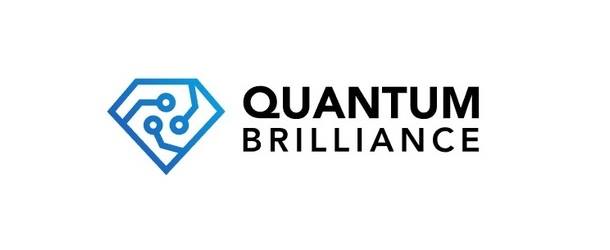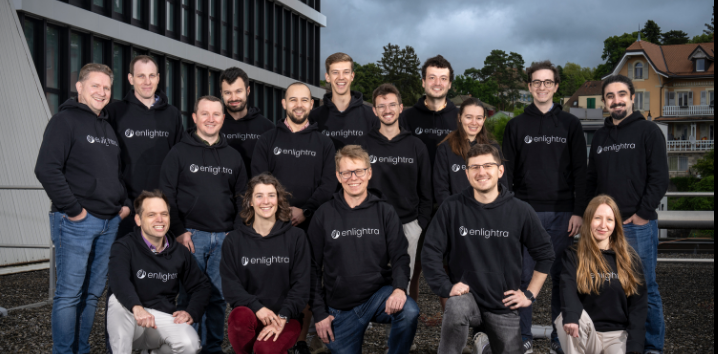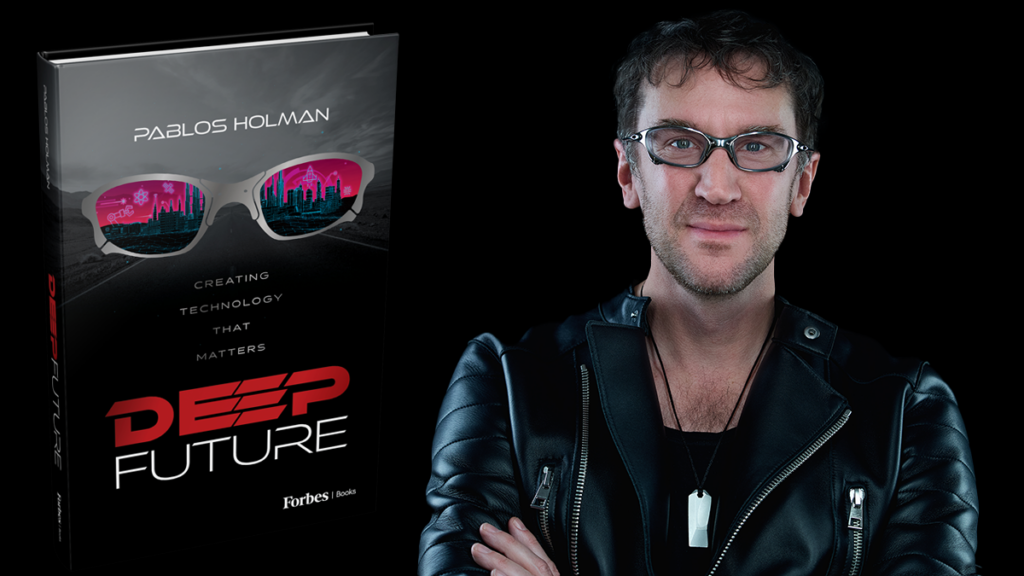
PRESS RELEASE — Quantum Brilliance, a German-Australian provider of innovative quantum computing hardware and software, today announced a joint research and development hub with La Trobe University and RMIT University to enhance the computational power of diamond-based quantum computers with techniques that can transition to manufacturing systems in large volumes.
At the newly established Research Hub for Diamond Quantum Materials, researchers will focus on taking raw materials and synthesizing, with atomic precision, the core quantum systems of high-performance, scalable diamond-based quantum microprocessors. All three organizations involved in the hub have world-leading expertise and resources in diamond material sciences.
“Through our partnership with La Trobe University and RMIT University, we will develop the fabrication techniques necessary to enhance the performance of diamond-based quantum computers to deliver real-world solutions to a broad spectrum of industries,” said Dr Marcus Doherty, co-founder and Chief Scientific Officer of Quantum Brilliance. “The hub is another example of our collaborative research efforts to advance diamond-based quantum technology and deliver economic benefit to Australia in the years to come.”
The hub is already pursuing several concurrent projects that are pioneering new diamond fabrication techniques. These multi-million dollar Australian-based projects are partially funded by the Australian Research Council (ARC) and Quantum Brilliance.

Complementary research being undertaken in Germany by Quantum Brilliance and the Fraunhofer Institute for Applied Solid State Physics IAF and the University Ulm was announced in January. The combination of the hub and this German research consortium unites the world’s top experts to deliver the advanced fabrication techniques required for diamond microprocessors.
The research hub is designed to not only make great strides in developing synthetic diamond accelerators but to create a network of experts in diamond material science for future industry advancements in both countries.
La Trobe University Acting Deputy Vice-Chancellor (Research and Industry Engagement), Professor Chris Pakes said the partnership will leverage both universities’ expertise in diamond growth, surface imaging and engineering, and combine it with Quantum Brilliance’s strong industry experience and manufacturing capabilities.
“All three organisations have world-leading expertise and resources in diamond material sciences – making the hub well placed to develop innovative new approaches to advanced manufacturing in this important future industry,” Professor Pakes said.
RMIT Deputy Vice-Chancellor Research and Innovation and Vice-President, Professor Calum Drummond, said collaborations like this are vital in supporting future industries. “We value this opportunity to support development of new technology, which will in turn grow new businesses here in Victoria,” Professor Drummond said. “Bringing researchers together to support growth in a new local industry is precisely the type of mission we are geared towards.”
Today’s announcement was made on the final day of a joint workshop uniting participants from both universities with Quantum Brilliance’s team members from Germany and Australia involved in the program. The multi-day workshop aimed to build relationships, share technical knowledge and lay the foundation for successful implementation of the upcoming projects.
Founded in 2019, Quantum Brilliance is a world leader in making quantum computing accelerators out of synthetic diamonds. These systems are unique in the nascent quantum computing industry as they can operate at room temperature and be used on smaller hardware scales, allowing for applications in a variety of real-world environments. Quantum Brilliance uses the “impurities” within the diamonds, where a carbon atom is swapped out for a nitrogen atom in the lattice of the crystal, to generate qubits, the standard bits within a quantum computer.
For more market insights, check out our latest quantum computing news here.


















